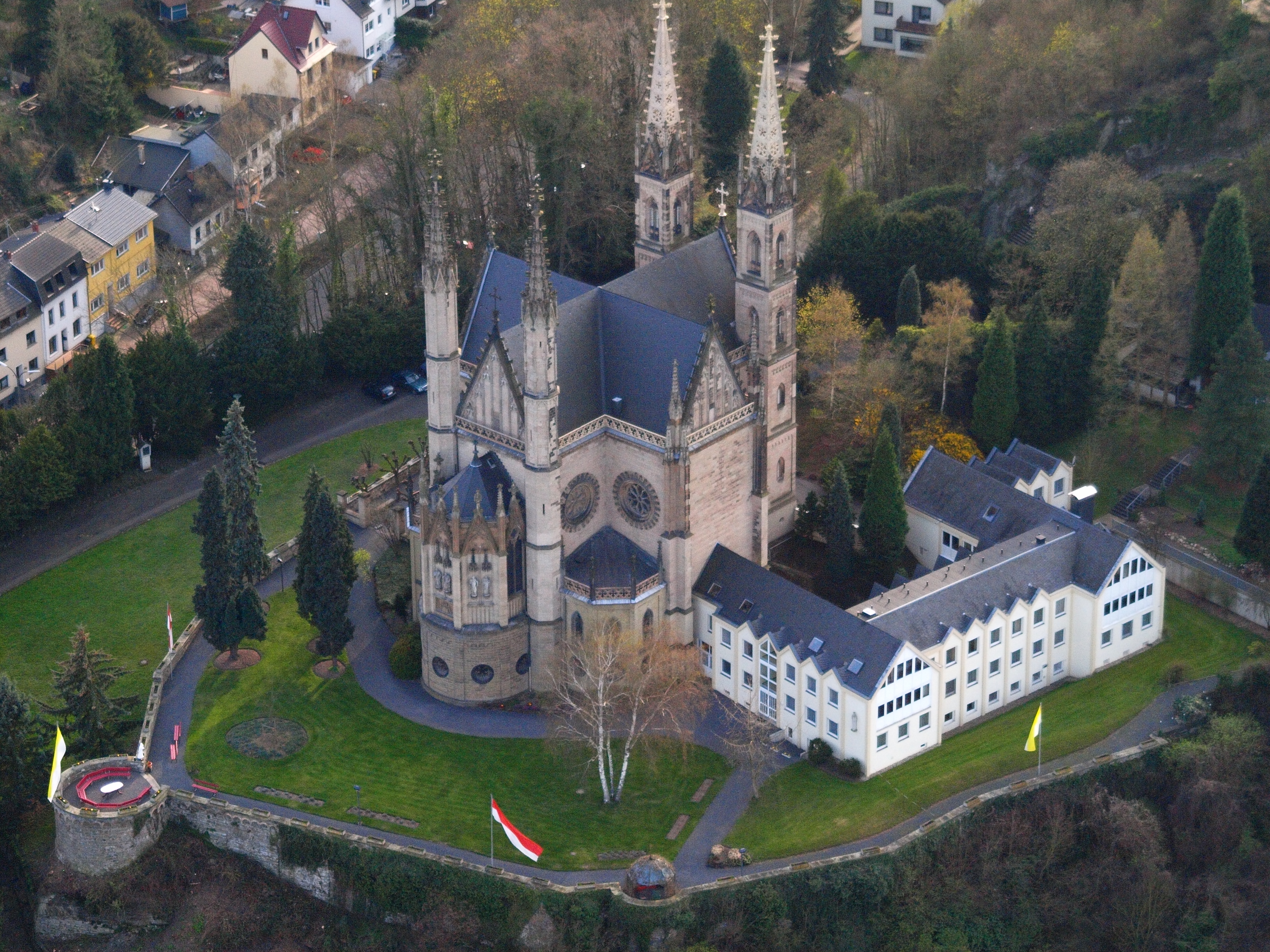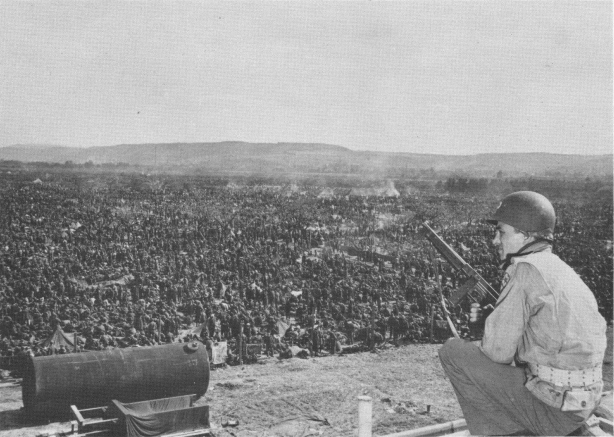|
Franz Egon Von Fürstenberg-Stammheim
Franz Egon Graf von Fürstenberg-Stammheim (24 March 179720 December 1859) was a German aristocrat, landowner and politician. He was a member of the House of Fürstenberg, a Westphalian noble family. Franz Egon was an enthusiastic patron of art, who advocated the completion of Cologne Cathedral. He also erected the new church of St Apollinaris near Remagen on the Rhine. He was a member of the Prussian Upper House in 1849, collaborated in founding the ''Preußisches Wochenblatt'' newspaper, and was an ardent defender of Catholic The Catholic Church, also known as the Roman Catholic Church, is the largest Christian church, with 1.3 billion baptized Catholics worldwide . It is among the world's oldest and largest international institutions, and has played a ... interests. Notes 1797 births 1859 deaths Fürstenberg (princely family) Counts of Germany German Roman Catholics Members of the Prussian House of Lords Westphalian nobility {{Germany-no ... [...More Info...] [...Related Items...] OR: [Wikipedia] [Google] [Baidu] |
House Of Fürstenberg (Westphalia)
The House of Fürstenberg is the name of a German noble family of Westphalia, which descended from Hermannus de Vorstenberg. He was a liegeman of the Archbishop of Cologne, who was among the prince electors of the Holy Roman Empire. Hermannus held a castle for his lord called Fürstenberg ("Prince's Hill") at Ense-Höingen in Soest; this castle would give the family its name. His son was Wilhelm von Vorstenberg, the Justiciar and Castellan of Werl. History Already Imperial Knights, the family members were created Imperial Barons ('' Reichsfreiherren'') on 26 April 1660. Matriculation to the baronial class in the Kingdom of Bavaria occurred on 22 August 1891 for Friedrich Freiherr von Fürstenberg, ''Rittmeister à la suite'' in the Landgraviate of Hesse-Darmstadt and Freeholder of Egenburg by Würzburg. The baronial Fürstenberg family of Westphalia should not be confused with the princely family of Fürstenberg from Swabia. Some members of the family were elevated to comit ... [...More Info...] [...Related Items...] OR: [Wikipedia] [Google] [Baidu] |
Westphalia
Westphalia (; german: Westfalen ; nds, Westfalen ) is a region of northwestern Germany and one of the three historic parts of the state of North Rhine-Westphalia. It has an area of and 7.9 million inhabitants. The territory of the region is almost identical with the historic Province of Westphalia, which was a part of the Kingdom of Prussia from 1815 to 1918 and the Free State of Prussia from 1918 to 1946. In 1946, Westphalia merged with North Rhine, another former part of Prussia, to form the newly created state of North Rhine-Westphalia. In 1947, the state with its two historic parts was joined by a third one: Lippe, a former principality and free state. The seventeen districts and nine independent cities of Westphalia and the single district of Lippe are members of the Westphalia-Lippe Regional Association (''Landschaftsverband Westfalen-Lippe''). Previous to the formation of Westphalia as a province of Prussia and later state part of North Rhine-Westphalia, the ... [...More Info...] [...Related Items...] OR: [Wikipedia] [Google] [Baidu] |
Cologne Cathedral
Cologne Cathedral (german: Kölner Dom, officially ', English: Cathedral Church of Saint Peter) is a Catholic cathedral in Cologne, North Rhine-Westphalia. It is the seat of the Archbishop of Cologne and of the administration of the Archdiocese of Cologne. It is a renowned monument of Catholicism in Germany, German Catholicism and Gothic architecture and was declared a World Heritage Site in 1996. It is Tourism in Germany#Landmarks, Germany's most visited landmark, attracting an average of 20,000 people a day. At , the cathedral is the tallest twin-spired church in the world, the second tallest church in Europe after Ulm Minster, and the third tallest church of any kind in the world. It is the largest Gothic architecture, Gothic church in Northern Europe and has the List of tallest churches in the world, second-tallest spires. The towers for its two huge spires give the cathedral the largest façade of any church in the world. The Choir (architecture), choir has the largest height-t ... [...More Info...] [...Related Items...] OR: [Wikipedia] [Google] [Baidu] |
Apollinariskirche, Remagen
The Apollinariskirche is a church on the site of a Roman temple on the Apollinarisberg, a hill above the German town of Remagen. That hill was known as the Martinsberg in the 5th and 6th centuries, presumably after a Frankish chapel there dedicated to Saint Martin Saint Martin may refer to: People * Saint Martin of Tours (c. 316–397), Bishop of Tours, France * Saint Martin of Braga (c. 520–580), archbishop of Bracara Augusta in Gallaecia (now Braga in Portugal) * Pope Martin I (598–655) * Saint Mart ..., patron of the Franks. In the 9th century this chapel was replaced by a Romanesque church. In 1110 the Benedictines of the Michaelsberg Abbey, on the initiative of the people of Remagen, set up a provost there. The relics of Saint Apollinaris of Ravenna probably arrived on the mountain at the end of the 14th century, since a pilgrimage to the Apollinarisberg is recorded in 1384. The sarcophagus is the main relic in the 14th century crypt of the church. A new Neo-Goth ... [...More Info...] [...Related Items...] OR: [Wikipedia] [Google] [Baidu] |
Remagen
Remagen ( ) is a town in Germany in the state of Rhineland-Palatinate, in the district of Ahrweiler. It is about a one-hour drive from Cologne, just south of Bonn, the former West German capital. It is situated on the left (western) bank of the river Rhine. There is a ferry across the Rhine from Remagen every 10–15 minutes in the summer. Remagen has many notable and well-maintained buildings, churches, castles and monuments. It also has a sizeable pedestrian zone with plenty of shops. Overlooking the west bank of the Rhine just north of the city centre is the Apollinariskirche. It has an observation deck that is only open to parishioners on Sundays. Pedestrians reach the church via a dirt trail that passes a series of roadside monuments representing each of the fourteen Stations of the Cross. The church grounds contain an outdoor crypt and an abbey. Further down the river is one of the many castles along the Rhine, perched even higher than the Apollinariskirche. History The R ... [...More Info...] [...Related Items...] OR: [Wikipedia] [Google] [Baidu] |
Rhine
), Surselva, Graubünden, Switzerland , source1_coordinates= , source1_elevation = , source2 = Rein Posteriur/Hinterrhein , source2_location = Paradies Glacier, Graubünden, Switzerland , source2_coordinates= , source2_elevation = , source_confluence = Reichenau , source_confluence_location = Tamins, Graubünden, Switzerland , source_confluence_coordinates= , source_confluence_elevation = , mouth = North Sea , mouth_location = Netherlands , mouth_coordinates = , mouth_elevation = , progression = , river_system = , basin_size = , tributaries_left = , tributaries_right = , custom_label = , custom_data = , extra = The Rhine ; french: Rhin ; nl, Rijn ; wa, Rén ; li, Rien; rm, label= Sursilvan, Rein, rm, label= Sutsilvan and Surmiran, Ragn, rm, label=Rumantsch Grischun, Vallader and Puter, Rain; it, Reno ; gsw, Rhi(n), inclu ... [...More Info...] [...Related Items...] OR: [Wikipedia] [Google] [Baidu] |
Prussian House Of Lords
The Prussian House of Lords (german: Preußisches Herrenhaus) in Berlin was the upper house of the Landtag of Prussia (german: Preußischer Landtag), the parliament of Prussia from 1850 to 1918. Together with the lower house, the House of Representatives (''Abgeordnetenhaus''), it formed the Prussian bicameral legislature. The building is now used as the seat of the German Bundesrat. Kingdom of Prussia Modeled on the House of Lords of the United Kingdom, the ''Herrenhaus'' was created following the 1848 revolution with the adoption of the Constitution of the Kingdom of Prussia imposed by King Frederick William IV on 31 January 1850. A member of the House of Lords was known as a ''pair'' (see also pairie), or officially as a ''member of the Prussian House of Lords'' (''Mitglieder des preußischen Herrenhauses'', or MdH). The House consisted of hereditary peers, life peers appointed by the King of Prussia, peers by virtue of position, representatives of cities and universitie ... [...More Info...] [...Related Items...] OR: [Wikipedia] [Google] [Baidu] |
Catholic Church
The Catholic Church, also known as the Roman Catholic Church, is the largest Christian church, with 1.3 billion baptized Catholics worldwide . It is among the world's oldest and largest international institutions, and has played a prominent role in the history and development of Western civilization.O'Collins, p. v (preface). The church consists of 24 ''sui iuris'' churches, including the Latin Church and 23 Eastern Catholic Churches, which comprise almost 3,500 dioceses and eparchies located around the world. The pope, who is the bishop of Rome, is the chief pastor of the church. The bishopric of Rome, known as the Holy See, is the central governing authority of the church. The administrative body of the Holy See, the Roman Curia, has its principal offices in Vatican City, a small enclave of the Italian city of Rome, of which the pope is head of state. The core beliefs of Catholicism are found in the Nicene Creed. The Catholic Church teaches that it is the on ... [...More Info...] [...Related Items...] OR: [Wikipedia] [Google] [Baidu] |
1797 Births
Events January–March * January 3 – The Treaty of Tripoli, a peace treaty between the United States and Ottoman Tripolitania, is signed at Algiers (''see also'' 1796). * January 7 – The parliament of the Cisalpine Republic adopts the Italian green-white-red tricolour as the official flag (this is considered the birth of the flag of Italy). * January 13 – Action of 13 January 1797, part of the War of the First Coalition: Two British Royal Navy frigates, HMS ''Indefatigable'' and HMS ''Amazon'', drive the French 74-gun ship of the line '' Droits de l'Homme'' aground on the coast of Brittany, with over 900 deaths. * January 14 – War of the First Coalition – Battle of Rivoli: French forces under General Napoleon Bonaparte defeat an Austrian army of 28,000 men, under ''Feldzeugmeister'' József Alvinczi, near Rivoli (modern-day Italy), ending Austria's fourth and final attempt to relieve the fortress city of Mantua. * January 26 – Th ... [...More Info...] [...Related Items...] OR: [Wikipedia] [Google] [Baidu] |
1859 Deaths
Events January–March * January 21 – José Mariano Salas (1797–1867) becomes Conservative interim President of Mexico. * January 24 ( O. S.) – Wallachia and Moldavia are united under Alexandru Ioan Cuza (Romania since 1866, final unification takes place on December 1, 1918; Transylvania and other regions are still missing at that time). * January 28 – The city of Olympia is incorporated in the Washington Territory of the United States of America. * February 2 – Miguel Miramón (1832–1867) becomes Conservative interim President of Mexico. * February 4 – German scholar Constantin von Tischendorf rediscovers the ''Codex Sinaiticus'', a 4th-century uncial manuscript of the Greek Bible, in Saint Catherine's Monastery on the foot of Mount Sinai, in the Khedivate of Egypt. * February 14 – Oregon is admitted as the 33rd U.S. state. * February 12 – The Mekteb-i Mülkiye School is founded in the Ottoman Empire. * February 17 – French naval forces under Charles ... [...More Info...] [...Related Items...] OR: [Wikipedia] [Google] [Baidu] |
Fürstenberg (princely Family)
Fürstenberg (also Fuerstenberg and Furstenberg) may refer to: Historical states * Fürstenberg-Baar, county (1441–1559) * Fürstenberg-Blumberg, county (1559–1614) * Fürstenberg-Donaueschingen, county (1617–1698) * Fürstenberg-Fürstenberg, county (1408–1441, 1704–1716) and principality (1716–1804) * Fürstenberg-Geisingen, county (1441–1483) * Fürstenberg-Heiligenberg, county (1559–1664) and principality (1664–1716) * Fürstenberg-Messkirch, county (1614–1716) and principality (1716–1744) * Fürstenberg-Möhringen, county (1599–1641) * Fürstenberg-Pürglitz, principality (1762–1806) * Fürstenberg-Stühlingen, county (1614–1704) * Fürstenberg-Taikowitz, county (1759–1806) * Fürstenberg-Weitra, county (1705–1806) * Fürstenberg-Wolfach, county (1408–1490) * Principality of Fürstenberg, county (1250–1408) and principality Cities and municipalities * Fürstenberg/Havel, a city in the district of Oberhavel, Brandenburg, Germany * Fürste ... [...More Info...] [...Related Items...] OR: [Wikipedia] [Google] [Baidu] |


.jpg)




.jpg)

